- finding them: a guide
- the landscape's correspondence
- what i saw there
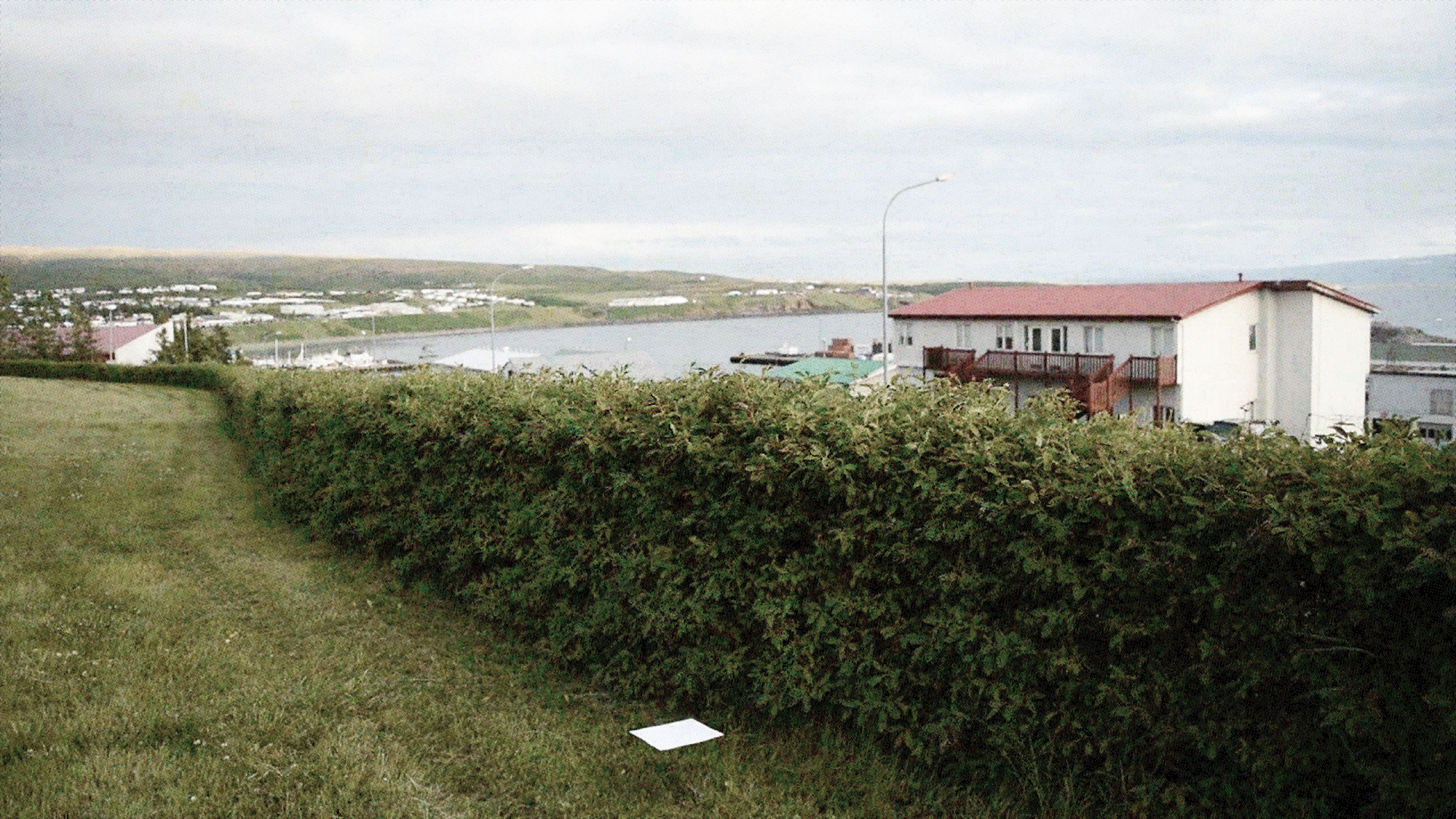

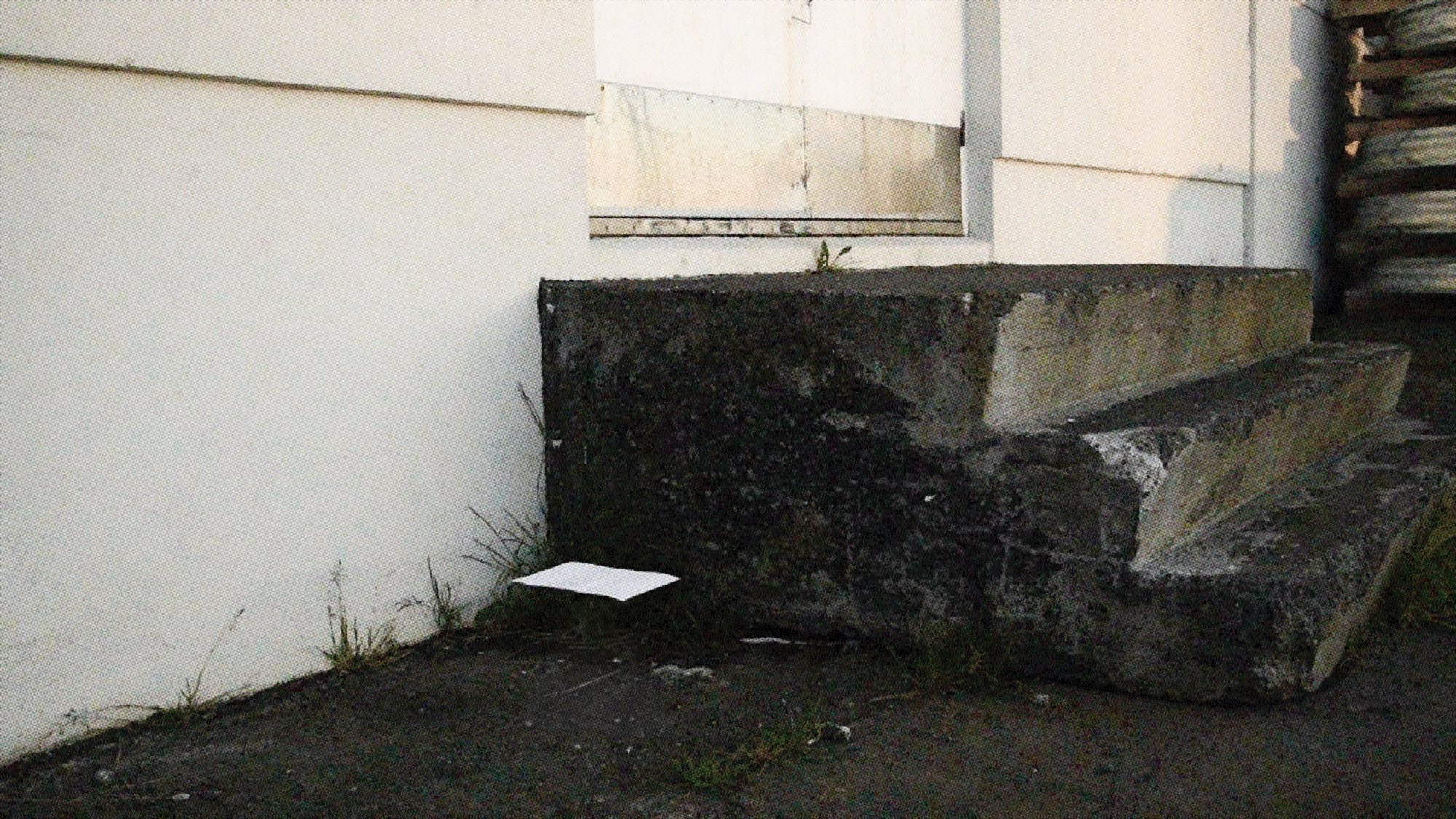
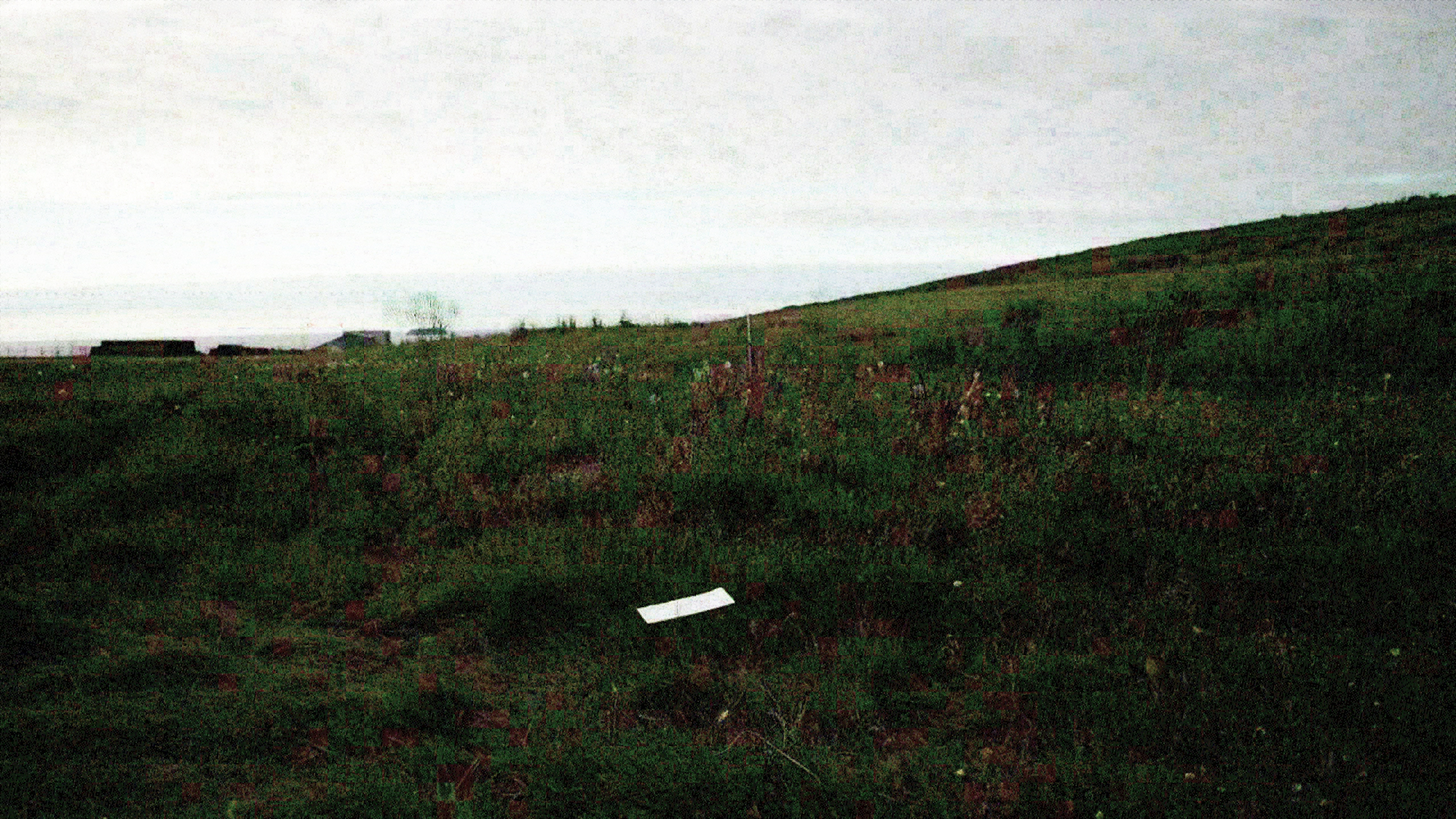
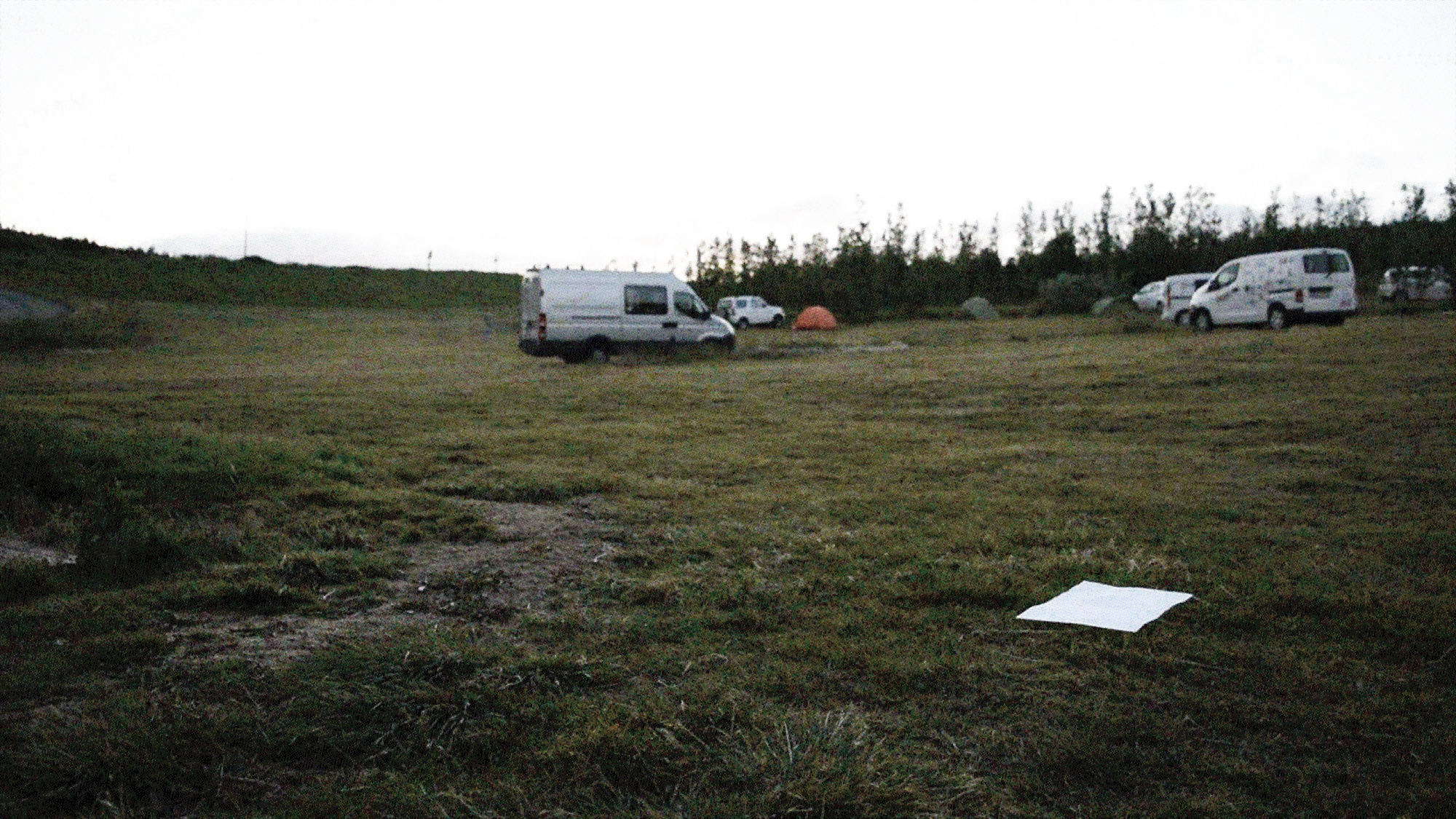
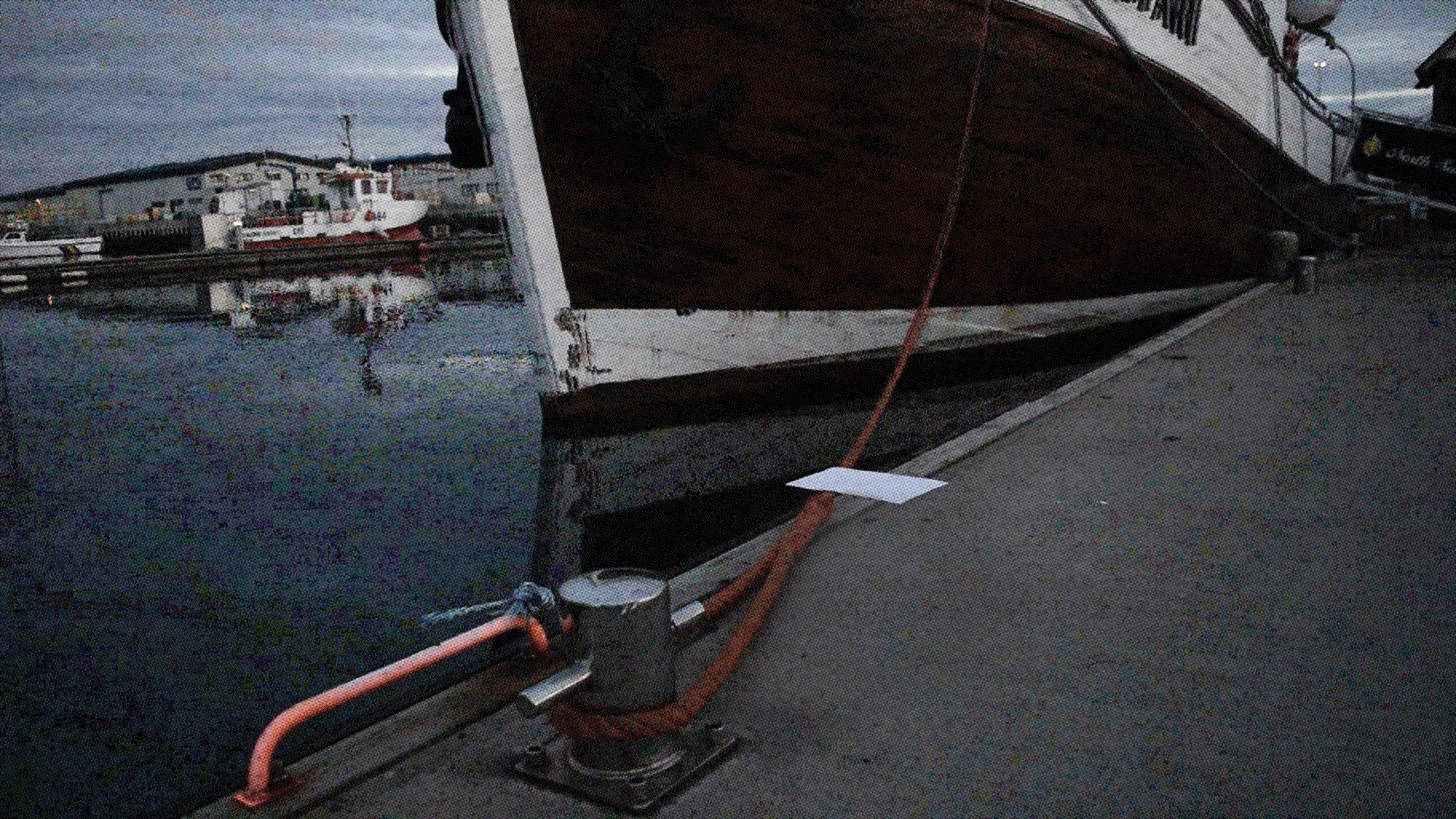
This is me at rest. When I first got to Húsavík, I sat in my studio overlooking the harbor and wondered what spots to visit. I didn't want to see the same spots as any tourist; I wanted to encourage the illusion in myself that I wasn't a tourist at all.
This made me think of Ardmore, my home town, where I'm not a tourist. I thought of places there I used to walk to from my home, places that aren't there any more, smoothed over by the genericism of the 21st century.
Back to Húsavík! What was in those same spots, if I were to move through the same amount of space, visiting those places my body remembered but in another space and time? I decided to find out, and this is how I found it; and what I found there; and what it said to me.
what I think I'm doing
...
...
...
...
...
...






I came to Húsavík in June, as a traveling artist, and so of course I had to do something about the midnight sun. That is, I don't suppose I was required to, but I felt obliged to. How often do you live through such a large, simple, mundane set of circumstances, that violates the shape of the world you have always lived in?
Of course, if you're a native of Húsavík (or many other places) you go through this every year, so either it doesn't violate your world or you're used to the world violating itself. I have an unproductive horror of making tourist art, which is hard to avoid if you're only in a place for a month. You just barely have time to get over the same first impressions everyone else had before you, but if you don't act on those first impressions, and therefore make a lot of bad art, how can you flush them out?
I always come into a new place wanting to know what it's like to belong there. I'm increasingly convinced, though, that belonging to a particular place isn't something anyone can really know, even those who were born there. You can recognize belonging, or the lack of it, but you can't describe what it consists of to someone else. Coming to belong to a new place means, in some degree, losing awareness of it.
Whenever I come to a new place and wonder what it's like to belong there, I wonder also why I don't think more about my own home town. I haven't lived there in many years, but I understand it in a way that I don't feel anywhere else—at least, I understand the town I remember from my childhood. More of the places I remember are gone every year, swept away by redevelopment of a generic, upscale sort, the kind of thing that seems impossible to belong anywhere, and the kind of thing that is happening also to Húsavík. I and my studiomates were the last artists there; our workspace, an old fish-cleaning workroom, was taken over for some shop featuring winter gear that was just Icelandic enough to sell; and the house we lived in was snapped up also for tourist rentals. Global capital is rounding off the corners of the world.
How does a transient person belong, especially when so many places seem not quite to belong to themselves any more? Well, you don't. But the act of not belonging can be interesting, and perhaps productive as well, for me and even, possibly, for the world I move through. That's the theory, anyway. In Húsavík I set out to figure out how it is that I, specifically, don't belong.
The trick, of course, isn't to take good-looking photos of the landscape; everybody knows how to do that, all you need is a good-looking landscape. Nor is the trick to find a new way to take good-looking photos of the landscape. Novelty is overrated; the second time you look at a photo, it isn't new anymore, and then where are you?
No, the trick is to find something of yourself invested in the landscape, and reveal it in a photo. So the first thing to do, of course, is to find that thing about you that's in the place you're looking at. This is practically impossible to do with a camera in your hand. It's nearly impossible to do anyway, in a new place, because the first thing that a landscape reveals is that you don't belong in it. But it comes, with the proper application of time.
There are many ways to use time in a place. You can live in a place for ten years; you can sit in a single spot for three hours; you can take the same walk every day, at the same time, for three weeks, and then suddenly take the walk at a different time of day. Duration is the key. But then, in order to know how to use time, you need to know how time fits into the place you're in. This varies from one field to the next, let alone from country to country. In America we're used to saying that other countries are older than ours, though of course that's not true—we've just had more turnover, so to speak, than some other places. Iceland has had much less, relatively speaking; the global sameness of the contemporary world rests relatively lightly on a place that famously still speaks the same way they did a thousand years ago. Modern Icelanders can still read the ancient sagas with little difficulty, though whether they do is another question. I can't, of course, but I do read them in English, and also about them, and also about the types uses of Icelandic verse. Slowly snippets of knowledge, physical and historic, start to form a picture—a shallow, illusory picture, one that only exists for me at this moment, but a picture nonetheless that with a little work can come to resemble a real place.
One of the things I find, or choose to find, is a story about the voice of the landscape under the endless sun. The story goes like this:
After several weeks of perpetual sunlight, the landscape begins to wake up. It becomes aware of the people moving about within it. Landscape isn't the same as the land; landscape is made by people, and it makes the people in turn. There is no beginning to this process, and no end, because the landscape is too slow to know what time is. When the landscape becomes aware of the people it contains, it is from deep within time; it has always known those people, and always will. In the brief moment it is awake it can speak to its inhabitants as well. In fact being aware of people is the same as speaking to them, for something as large and old as this. But no one can hear it, of course, even those people who pride themselves on being in tune with nature. If you could hear it, it would tell you about yourself, a sort of telling, maybe an omen, as in the old verse; but no one has ever listened successfully.
Sounds good! Good enough for the basis of a photo essay. I wondered: is it possible to locate something of that message from the landscape, to record it as part of a field exercise?